| Coad | 663947 | Typical Applications | - | |
| Type | Low Dispersion 1550nm Mirror | Clear Aperture | - | |
| Substrate | H-K9L | Parallelism | - | |
| Diameter(mm) | 12.70 | Surface Quality S1 | - | |
| Diameter Tolerance | +0/-0.1mm | Surface Quality S2 | - | |
| Thickness(mm) | 3.00 | Surface Flatness | - | |
| Thickness Tolerance | +0/-0.1mm | Laser Damage Threshold | - | |
| Wavelength(nm) | 1525 - 1575 | GDD | - | |
| AOI(°) | 45 | Coating Type | Dielectric Coating | |
| Coating Specifications | HR@1550±20nm | |||
In ultrafast laser systems, especially femtosecond and picosecond laser systems, it is crucial to ensure that the laser beam maintains its temporal characteristics and can withstand high peak intensities. Have you ever considered these questions: Are standard mirrors suitable for my femtosecond laser system? Can they preserve the temporal structure of the laser beam? Can they endure high peak intensities? If you choose a low-dispersion 1550 nm mirror, these issues will be resolved.
The low-dispersion 1550 nm mirror is a high-performance optical component specifically designed for ultrafast laser applications at the 1550 nm wavelength. Using advanced coating technology, this mirror provides over 99.9% reflectivity in the 1550 nm band, effectively reducing energy loss while significantly minimizing dispersion effects. It maintains extremely low group delay dispersion (GDD), ensuring that the laser pulses preserve their wavefront integrity and temporal resolution during propagation, thus avoiding pulse broadening or distortion caused by dispersion. Its high reflectivity ensures efficient energy transmission in the laser system, optimizing overall performance.
In addition, the low-dispersion 1550 nm mirror is made with high-quality coating materials, capable of withstanding high peak laser intensities to meet the demands of high-power sources. It is particularly suitable for ultrafast laser systems requiring high precision and low loss, making it an indispensable component in femtosecond laser setups. This is especially true in fields such as optical communications, lidar, materials research, and optical experiments, where it provides stable reflective performance and excellent optical support.
In optical communication systems, the low-dispersion 1550 nm mirror ensures signal stability during long-distance transmission, reducing distortion caused by dispersion and guaranteeing high-quality signal delivery. In lidar systems, it delivers high-resolution reflective performance, supporting precise measurements to meet stringent detection requirements. In materials research and optical experiments, it not only ensures beam stability and pulse integrity but also improves measurement accuracy and the reliability of results.
Notes: To ensure optimal performance, it is recommended to store and use the mirror in environments of 25 °C with 40%–60% relative humidity. If the surface becomes contaminated, gently clean with >99% alcohol and lint-free lens paper. Do not use rough cloths, water, or abrasive cleaners, as these may damage the coating.
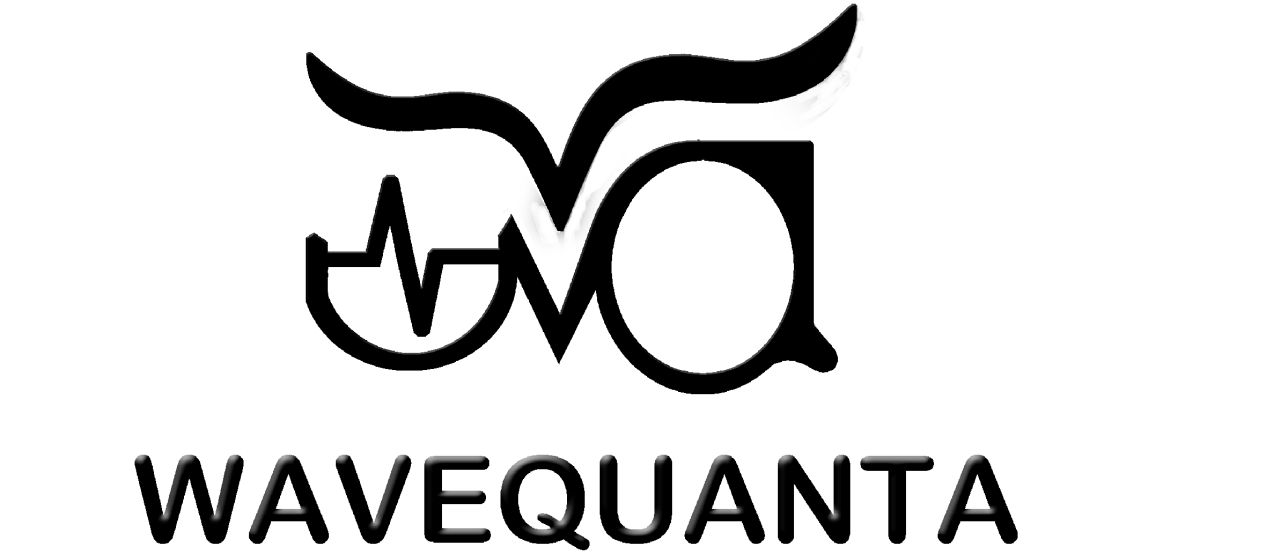




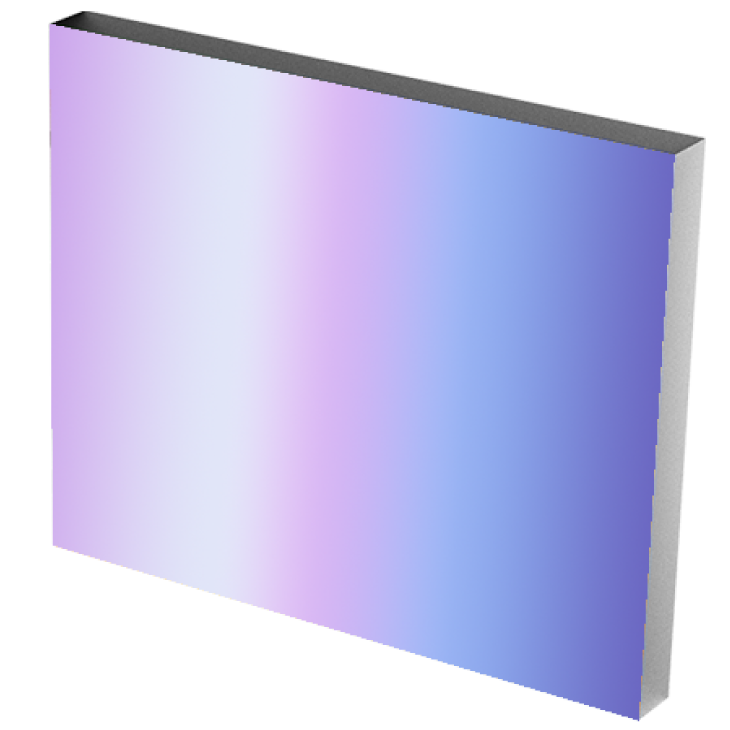



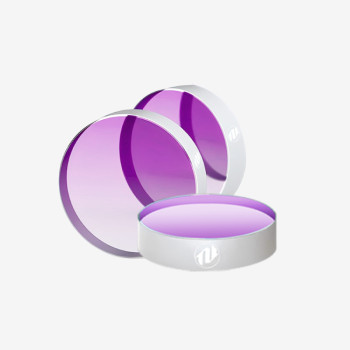

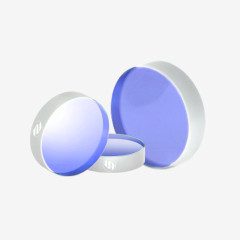
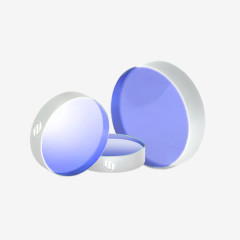
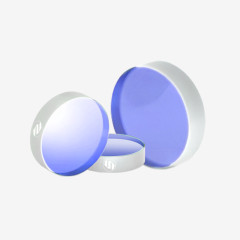
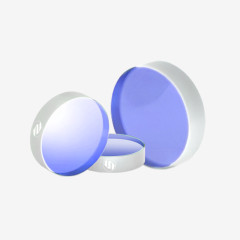

Product evaluation
%High praise
There are comments